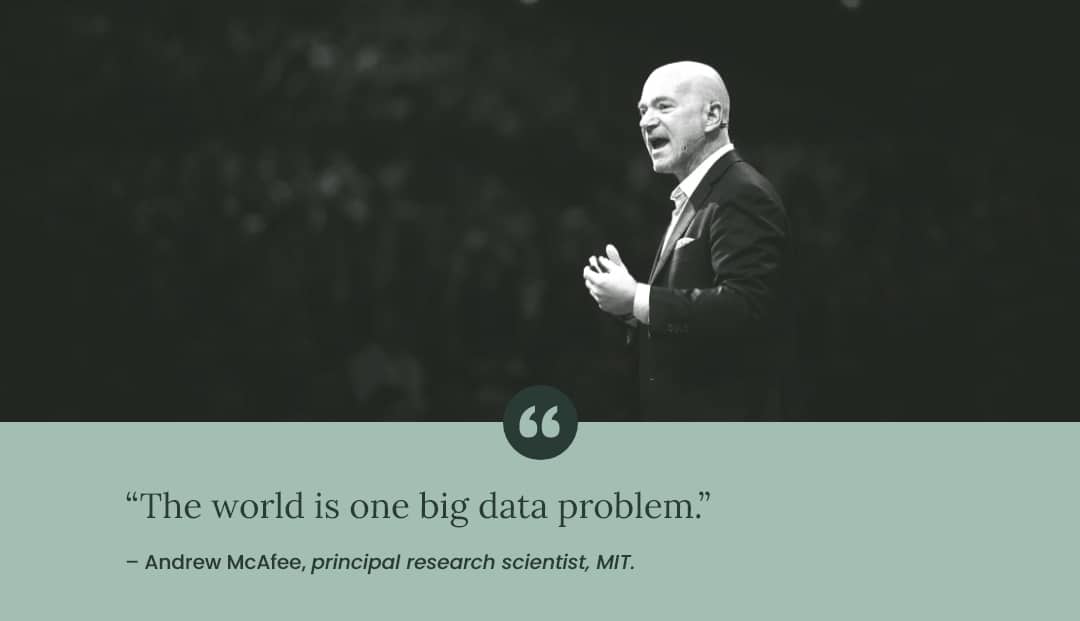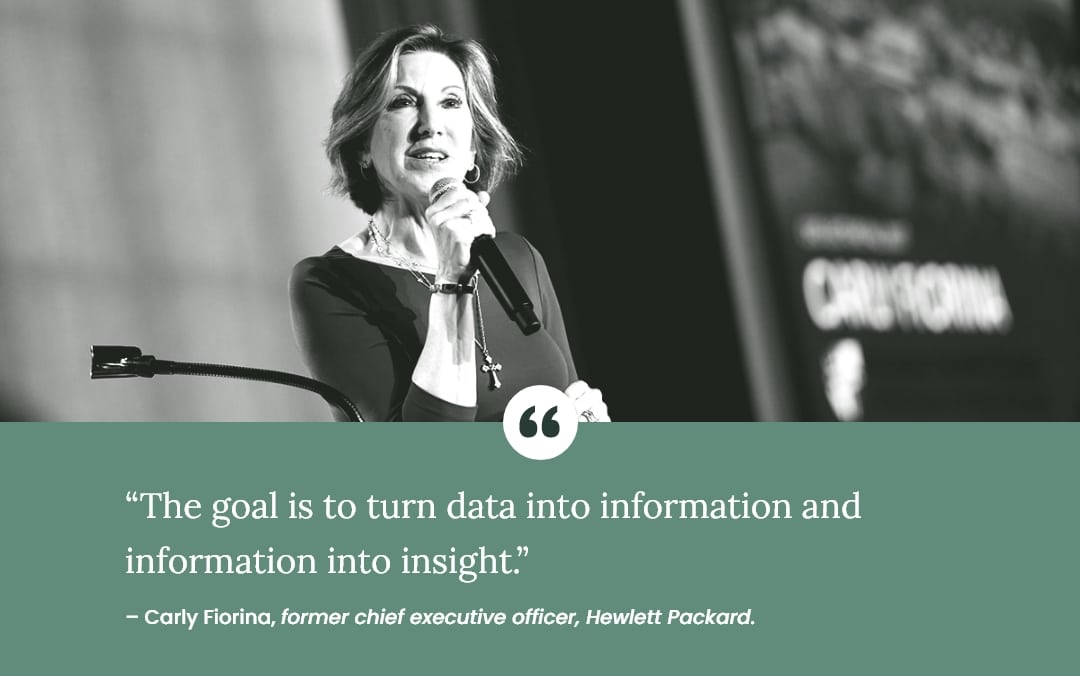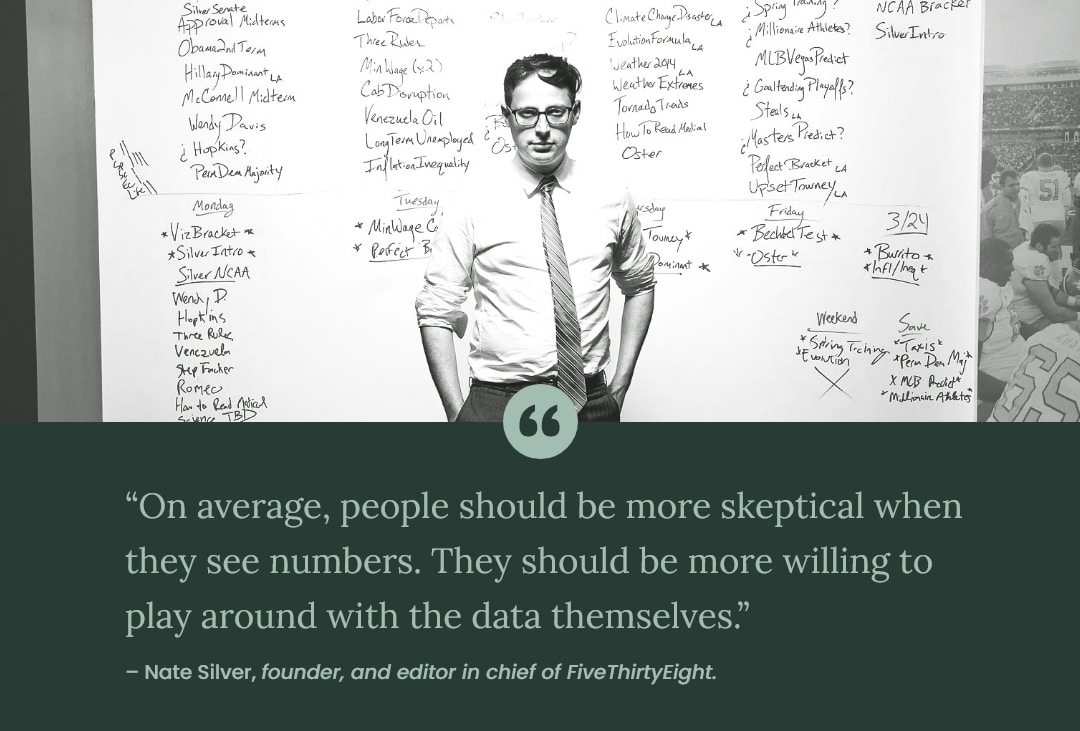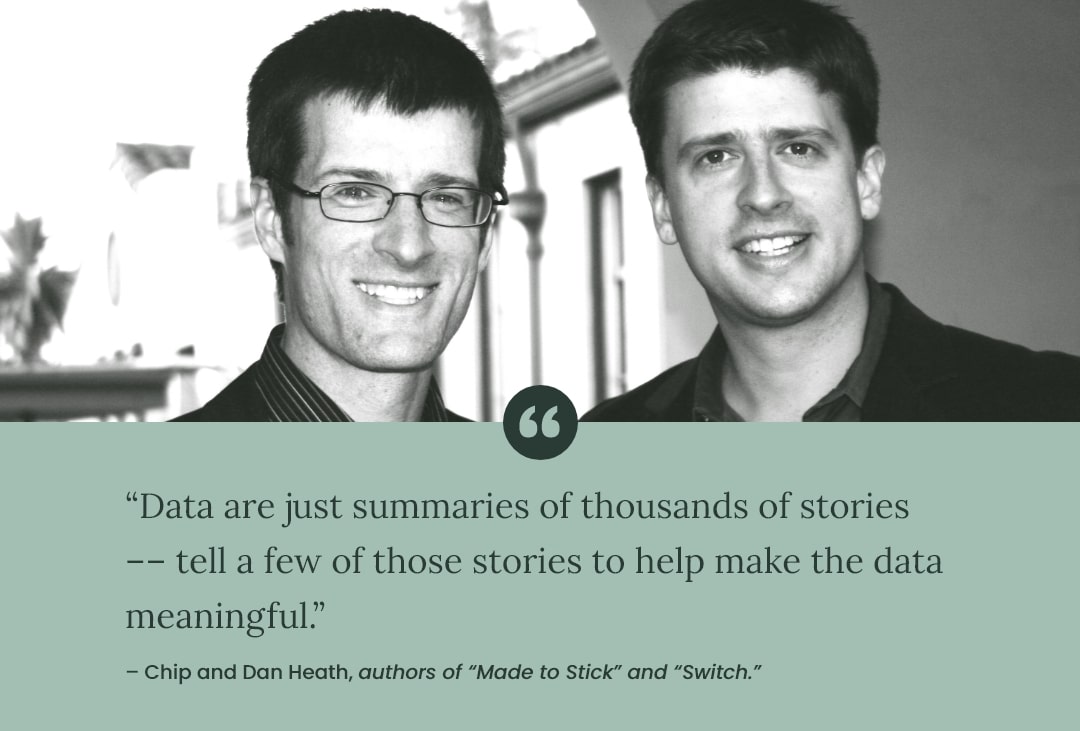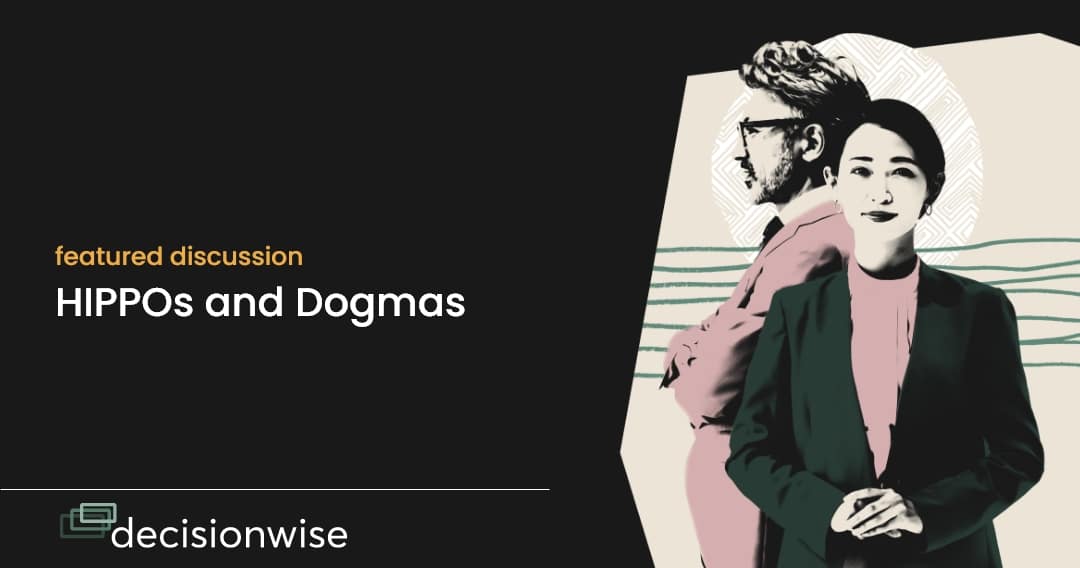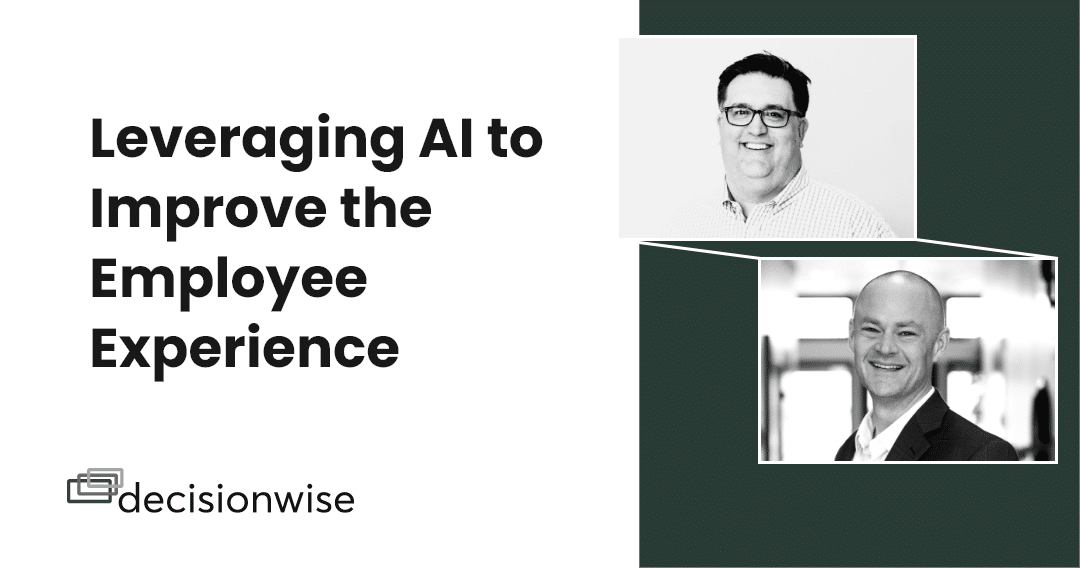Tidbits
This month we are urging leaders to follow this core principle when managing their employee experiences: Data over Dogma. Ask yourself: How strong is your data game when it comes to your people?
Brilliant in the Basics
Is it ever a good idea to lay off employees via email? Recently, Twitter has received a lot of criticism for the way it conducted its most recent round of cutbacks. What can we learn from this situation?
In reporting on the matter, journalists at the New York Times noted (Kate Conger, Ryan Mac and Mike Isaac):
Sandra Sucher, a professor of management at Harvard University who has studied layoffs for more than a decade, said Twitter’s cuts were among the most poorly handled that she had seen. While the scale was not unprecedented, it was unusual to see layoffs done so quickly without a detailed explanation provided to workers about who was being laid off and why. She said,
“This is a master class in how not to do it,” Ms. Sucher said. “If you were going to rank order ways to upset people, telling them you’re going to do it in advance, without rationale, that is a particularly inhumane way to treat them.”
Ouch! That is some harsh criticism. Also, while terminating employees by email may be legal, there are certain notification requirements that must be met at the state and federal levels. It is unclear whether Twitter’s protocol met these requirements.
Setting aside these procedural and legal questions, however, we see various non-technical reasons as to why you would want to use a more humane approach when laying off employees. Why injure the employee experience more than is necessary?
Consider the following points:
- Disgruntled former employees will provide little valuable information in their exit interviews.
- You lose any chance to keep or promote ambassador goodwill with former employees.
- There has been a clear uptick in boomerang employees, and now you have alienated a whole class of future employees.
- Employees that remain have long memories, and they will not forget how their coworkers were treated.
- Email is a poor way to communicate with employees about personal or emotional topics.
- You just sent the message that your agenda matters more than your people and their experiences, and that you are afraid to confront them in person. Is that the message you want to be sending?
- Scarcity is a real challenge, and most employees will accept the changes brought about by scarcity, but you must be transparent when asking for their sacrifice.
Our BINTB (Brilliant in the Basics Tip): Twitter would have been well-served to spend two more weeks to get their process right. And a guiding principle should have been – How will our decisions impact our employee experience now and in the future?
What You Might Have Missed From DecisionWise
- The biggest risk to your career might be something you can’t even see. Learn what the Johari window is and how to use it in this article.
- Did you know you can download these infographics straight to your computer as PDF’s. Just expand them to full-page view and click the download icon!
- Infographic: How to Get the Executive Feedback Process Right
- Infographic: How to Give Stellar Feedback
- DecisionWise had a fun Halloween! Check out our costumes here.
- We love working with Oyster Organizational Development, and it turns out the feelings are mutual.
- Check out the case study on how DecisionWise helped Cardno build a better employee experience
Featured Discussion
Today, let’s talk about HIPPOS, and I am not talking about chubby African river mammals.
It was the early 2000s, and the dot-com bubble had not yet burst. $500 dollar lunches were still a thing, and I had just started my first real job with Deloitte. I was working really hard to do everything right.
Then one day a cubemate, sensing a weakness in my naïve outlook on life, started joking around. He had the unmitigated gall to suggest that my analysis didn’t really matter. He chided, “Haven’t you ever heard of the HIPPO rule?” Obviously not. He explained that it was an acronym, and at the end of the day, it is only the Highest Paid Person’s Opinion that matters.
It was like a punch to the gut. I was still pure. Santa Clause was not real, but I had been trained to believe that reason and analysis were still some of our greatest virtues. Now, I was being told that you could easily be overruled by instinct, gut, and, of course, dogma.
Dogma: a principle or set of principles laid down by an authority as incontrovertibly true [regardless of reality].
To me, dogma made complete sense when it came to Sunday School, but I was not prepared to find it everywhere in business. I then started seeing it all over as my same cubemate next introduced me to the SALY rule –– same as last year.
Over the years, other “dogma gems” –– as I will call them –– have come along. Here are a few of my favorites:
- “Bigger is always better.” I have seen several examples when going big caused the project to implode. Let the numbers guide you to the sweet spot. Size by itself should not be an indicator of value. ROI is the better guidepost.
- “When you don’t know what you are doing, best do it quickly.” Speed does not automatically make a project better. Let the data guide you in managing size, complexity, requirements, and timing.
- “Ready, Fire, Aim.” What good is all the effort if your strategy misses the mark? Data vastly helps a business leader prepare their aim.
- “Phone math works every time.” I can’t tell you how many times I was dumbstruck as I watched business leaders pull out their phones, do some calculations, and then decide. If you need to run some calculations, don’t use your phone as your final analytics tool. Do it right and prepare an analytics spreadsheet, etc. Something that contains your assumptions, time-value-of-money calculations, etc.
- “The best-case scenario will work, or the stars will align and a barely feasible plan will fall into place.” Nope. These scenarios rarely do. Most successful projects succeed after they have pivoted, or after they have revised the original plan in an important way.
- “Polling your friends and neighbors is a good source of customer feedback.” Do I really need to explain why this is a bad idea?
- “Plan B is for losers.” Not really. Winners quit all the time. They know when something isn’t working, and they stop spending valuable time and resources on a bad idea. They pivot or they back out and start over. It’s simply not true that winners never quit. In business, they quit all the time so they can get it right faster.
Dogma’s challenge is that its principles do not have to be founded, any in many cases are not founded, upon facts or reality. Instead, dogma can be forged from preference, context, familiarity, one’s gut instinct, and a whole host of other reasons. While these crutches for decision-making can be important, they should never be the starting point.
So instead, let’s focus on our key principle: Data over Dogma.
What do we mean by this assertion?
Data: things known…, making [possible] the basis of reasoning or calculation.
Our starting point should always be the nature of what’s actually happening. We then enhance our analysis with other add-ons such as employee preference or gut feel.
By putting data over dogma, we avoid that all too common business temptation, which is to see things as we want them to be instead of seeing them as they really are.
As HR and Talent leaders in your organizations, I encourage you to take this following quick quiz?
- What data sources am I using to get important information to my operational leaders?
- Are there other data sources I should be using?
- How quickly do I get data in the hands of those that can best use the information?
- How can I aggregate and analyze my data feeds so that they can be more useful?
- Do I have a proper balance between time-based data feeds and other sources (quarterly eNPS scores vs. org-wide survey results)?
- What is my approach to using data to empower operational leaders, and have I communicated that clearly to others?
- Do I even have the right data?
- Am I getting the right data to the right people?
- Am I getting the right data to the right people at the right time?
- Finally, am I using the right medium to share the results?
As you reflect on your role in routing data to operational leaders, remember you are the gatekeeper. Don’t let the insights stop at HR! You are responsible for gathering, managing, and analyzing data feeds so you can route the best information to your operational leaders.
Finally, remember that the right answer on a post-it note is worth far more than cryptic analysis inside a beautiful PowerPoint deck.
What’s Happening at DecisionWise
UPCOMING WEBINAR
HR News Roundup
Here are some of the top EX/HR articles from the last few weeks:
- Your Corporate Culture Of Conformity Is A Huge Issue. What Can You Do To Change It? (Forbes)
- Employees are demanding pay transparency. Here’s how HR should respond (HR Executive)
- Employee Listening Is a Must For a Great Employee Experience (Customer Think)
- Want to Improve Your Employer Brand? Listen to Your Employees (SHRM)
- Who Is More Productive: Remote or Onsite Employees? (SHRM)
- What are HR’s top 2023 priorities? (HR Executive)
- What Will Make People Really Stay at Their Jobs? You Can Sum It Up in 1 Word (Inc.)
- The Growing Role Of Pay In Employee Experience and Business Performance (Josh Bersin)
- To Craft a Better Employee Experience, Collect the Right Data – Harvard Business Review (HBR)
- Syndio provided employees pay transparency. Retention hit 90% (Fortune)
- Employee Life Cycle And Beyond: Eight Stages Of The Employee’s Journey (Forbes)
